- Reading the below scriptural content " with patience " helps you get more juice from these topics. -
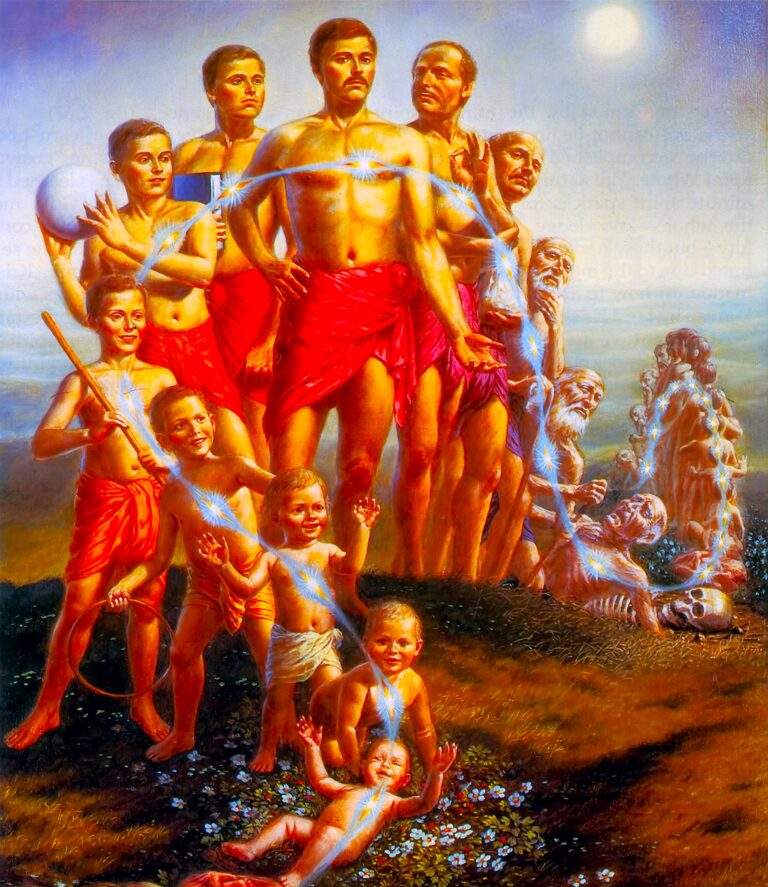
Every seven years, scientists say, all the cells in your body have changed, including the cells in your brain. Yet something is constant.
We can’t see more than a few hundred meters without a telescope, neither can we see things too close – like viruses, or even our own eyelids.
There is more to life than what we can see in this world, and there are way too many important things beyond our sensory perception to miss!
We don’t need to prove that. You can just go on YouTube and check out some optical illusions and you’ll see what do we mean.
The Bhagavad Gita explains that we’re not the body (or its parts), but we are the spiritual beings within the body in which we are living.
The body is just a machine that we use as a tool to do things.
In due course of time, over a period of many years and decades (and even lifetimes) we had started identifying ourselves with the body and mind. This misidentification according to the Bhagavad Gita is the source of all our problems.
It’s not the only problem though, but other problems build on this conception.
If we change the way we understand life, slowly the other problems disappear too from the life.
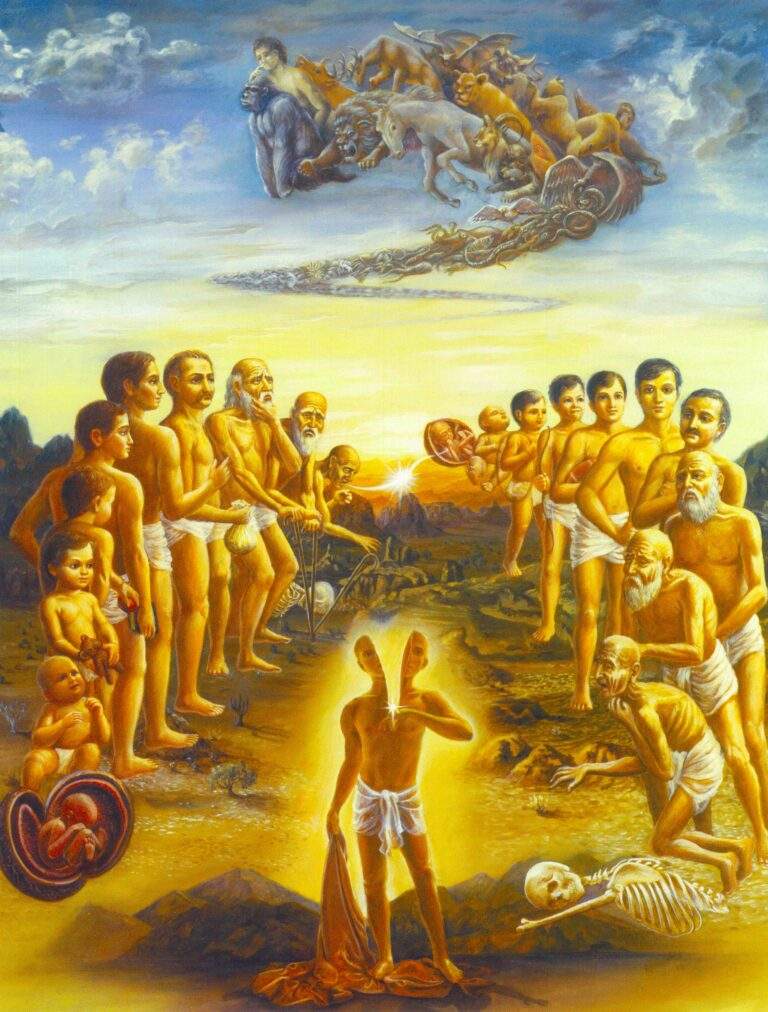
Bhagavad Gita explains
“देहिनोऽस्मिन्यथा देहे कौमारं यौवनं जरा |
तथा देहान्तरप्राप्तिर्धीरस्तत्र न मुह्यति || 13||
Means – “As the embodied soul continuously passes, in this body, from boyhood to youth, and then to old age, the soul similarly passes into another body at death.
A sober person is not bewildered by such a change.”
Generally, people cannot understand this simple verse.
Therefore Lord Krishna says, र्धीरस्तत्र न मुह्यति: “Only a sober man can understand.” But what is the difficulty?
How plainly Lord Krishna has explained things! There are 3 stages of life,
- The 1st one – Kaumaram, lasts until one is 15 years old.
- Then, from the 16th year, one begins youthful life, Yauvanam.
- Then, after the 40th or 50th year, one becomes an old man, Jara.
So those who are dhira (sober-headed), cool-headed, they can understand: “I have changed my body.
I remember how I was playing and jumping when I was a boy.
Then I became a young man, and I was enjoying my life with friends and family. Now I am an old man, and when this body dies I shall again enter a new body ( in the next birth ).”
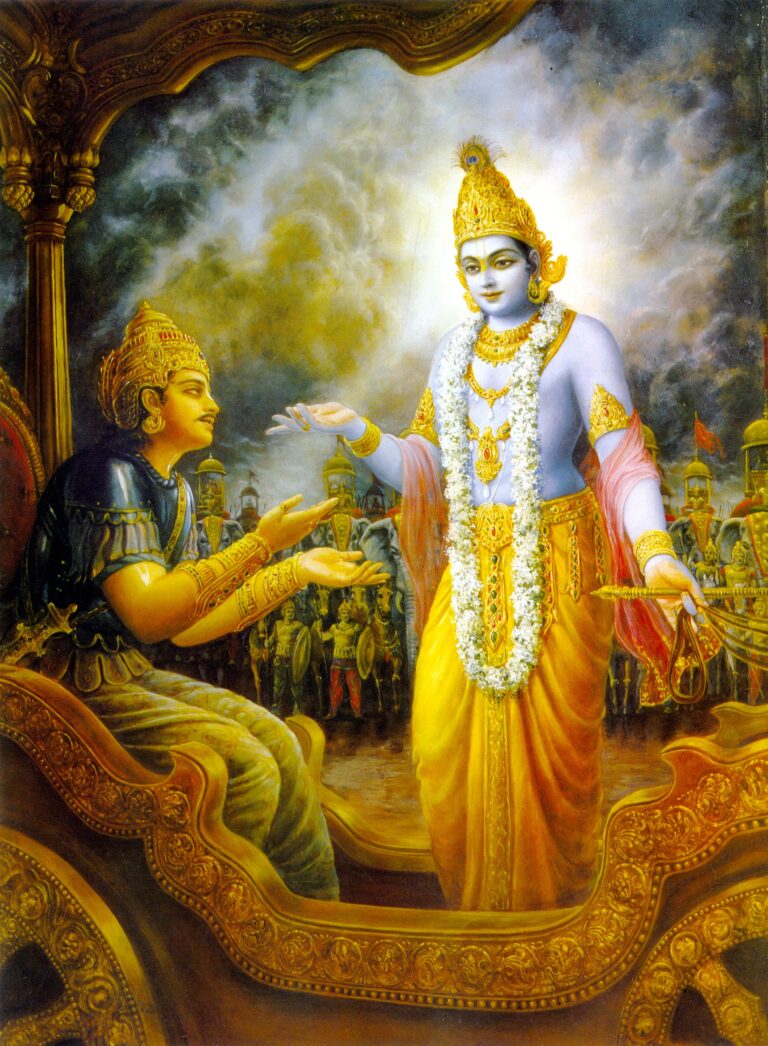
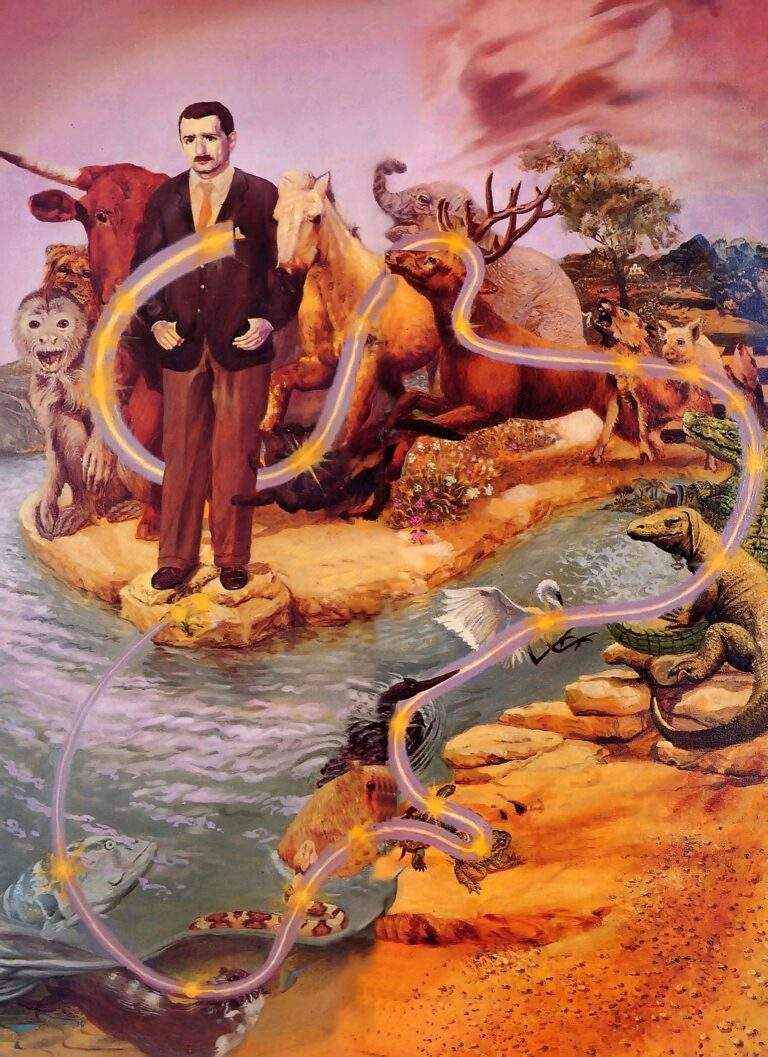
Nature of the soul & misconceptions of pleasures
It is the nature of the soul to be always active.
Without the presence of the spirit soul, our body cannot move. Our body is only a dead vehicle to be worked by the spirit soul (आत्मा ), which is always active and cannot stop even for a moment.
Because a dead body does not feel pleasure or pain, our happiness and distress are due to our own consciousness (चेतना), which is the nature of the soul.
It is not, however, the original function of the soul to enjoy material happiness and suffer material distress.
These are the result by “ignorant” material affections and enmity based on our false ego. Our involvement in sense enjoyments in the life, drags our consciousness into the material body, where it is shocked by the bodily pains and problems.
Everyone is working hard day and night just to give pleasure to his own self, under either the bodily or spiritual concept of life.
We are attached to material possessions because they give pleasure to the senses or to the body (in which we are living).
The attachment of ours to the body is there only because the “I,” the spirit soul, is within the body. Similarly, when one is further advanced, he knows that the spirit soul is pleasing because it is part and parcel (अंश ) of Lord Krishna.
Ultimately, it is Lord Krishna who is pleasing and all-attractive. He is the Supersoul of everything. And in order to give us this information, Lord Krishna descends and tells us that the all-attractive center is He Himself.
Without being an expansion of Lord Krishna, nothing can be attractive.
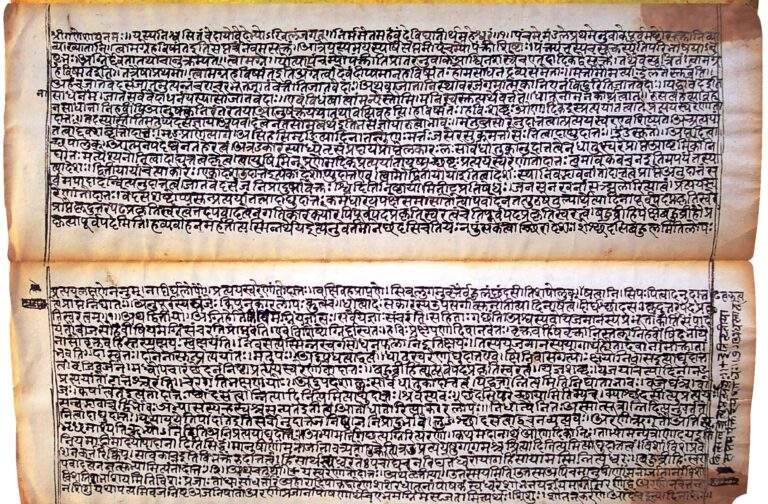
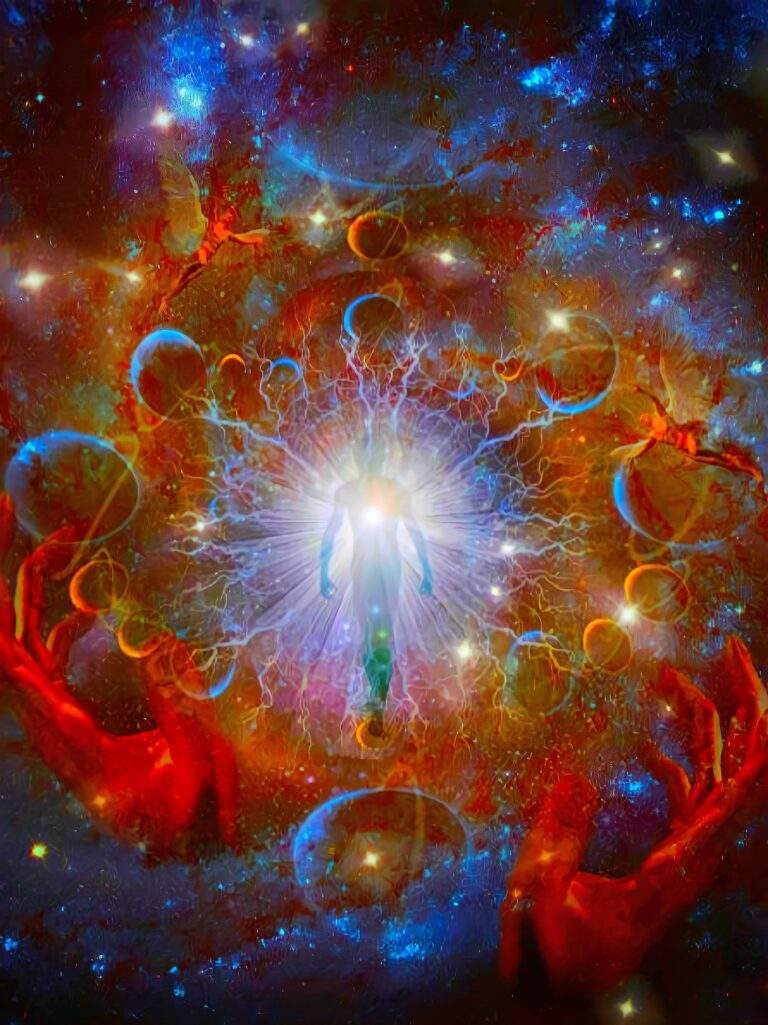
what is the size of A spirit soul ?
“बालाग्रशतभागस्य शतधा कल्पितस्य च।
भागो जीवः स विज्ञेयः स चानन्त्याय कल्पते॥ 5.9 ॥ – Svetasvatara Upanisad 5.9
“ When the upper point of a hair is divided into one hundred parts and again each of such parts is further divided into one hundred parts, each such part is the measurement of the dimension of the spirit soul.”
Although the soul is extremely tiny but it is extraordinarily powerful.
The soul is situated within the region of the heart and is the source and cause of consciousness and all the energies.
Whatever the pains and pleasures we experience is due to the presence of the soul in the body.
This same portion is within an ant, within Lord Brahma and within an elephant. When the soul leaves the body, the consciousness goes away and the body falls dead.
Mundaka Upanisad explains,
एषोऽणुरात्मा चेतसा वेदितव्यो यस्मिन् प्राणः पञ्चधा संविवेश।
प्राणैश्चित्तं सर्वमोतं प्रजानां यस्मिन् विशुद्धे विभवत्येष आत्मा ॥ (3.1.9)
Means – The soul floats in five kinds of air (prana, apana, vyana, samana and udana).
Although the soul inside a body is very pure but due to material contamination it is not able to exhibit its spiritual nature.


the body in which we are living is always changing
If you see here, the bodies are changing – that’s obvious.
But the most important person in this picture is the person you can’t see at all. That person is the living spark of consciousness within the body (a soul).
In other words, that person is “Actual You.“
You once had the body of a child. Now you have the body of a young person or an old person.
The change is gradual, yet continuous. At every moment, within your body, millions of chemical reactions are taking place, millions of cells are growing, dying off, replacing themselves.
Just as you can’t walk into the same stream twice (at every moment the stream is changing), you can’t keep your body the same at all.
Your mind is changing, too, from moment to moment. And your intelligence is also changing—becoming sharper, and more mature.
So far we’ve been talking about your body, your mind, your intelligence. Now, what about YOU?
You are not your body. This is not meant to be an enigmatic koan, nor merely a statement of dogma or belief.
Rather, it is a scientific observation, one that bears repeating: you are not your body.
Please consider this carefully.
Your body and mind are changing at every second (what to talk about a minute).
Every seven years, scientists say, all the cells in your body have been replaced, including the cells in your brain. Yet something is constant.
That something is the consciousness within the body.
If you think about it, you will almost certainly agree that there’s a difference between you and your experiences, you and your surroundings, you and your hands, your feet, your chest, your head, even you and your present thoughts (whatever you were thinking a second ago, that thought has just gone away, and so by now has the new thought that followed it – but you, we trust, are still reading on).
You are still reading on. Not you the body or you the mind, as the body and mind of a few moments ago no longer exist, but you the observer, you the consciousness within.
Although your body and mind change, that consciousness (आत्मा / चेतना) is permanent.
Within the body of the smallest child, consciousness is present.
As the child matures, he gives up the child’s body for that of a young man and then to an old man, just as one might take off old clothes and put on new ones.
But just as the person changing the clothes remains the same person, the soul who changes from one body to another remains the same person within, the same conscious observer.
Now what about death?
When the body falls dead, it no longer holds consciousness. But has the soul inside of that body, stopped to exist? After all, throughout an entire lifetime of change from one body to the next, that soul has continued to exist as a consciousness. Now it is gone. Where is it?
And where did it come from?
Is it possible that at the time of death, the soul which was present in that body continues to exist?
If so, where does the soul go? This individual spark of life (the soul), travel on to another body, to take birth again and go again through the cycle of birth and death. Does this cycle have an end?
These are some of the questions posed, examined, and answered in the divine scriptures – Bhagavad Gita & Srimad Bhagavatam.
